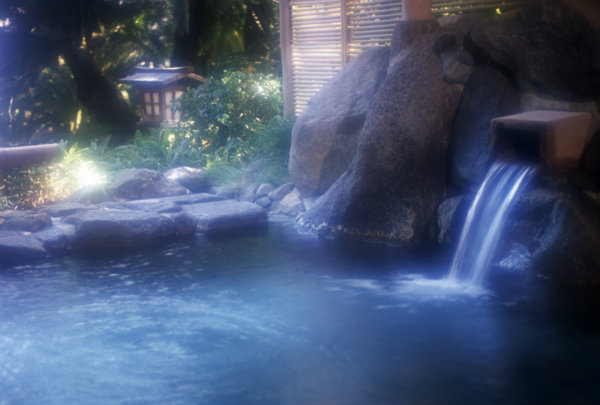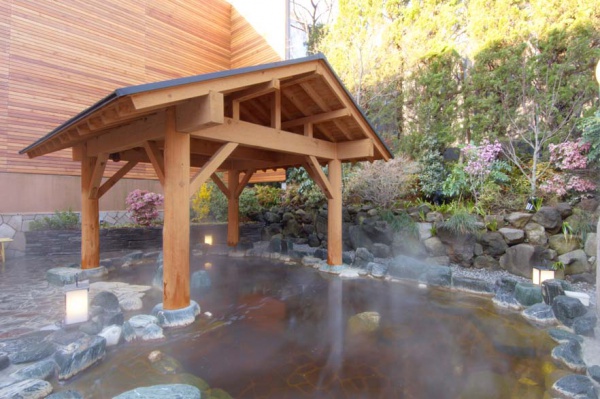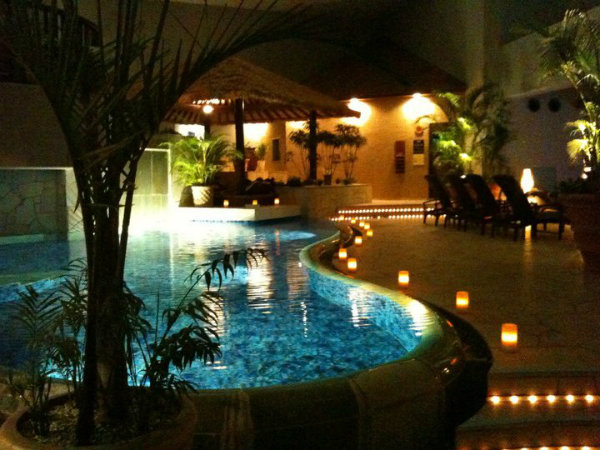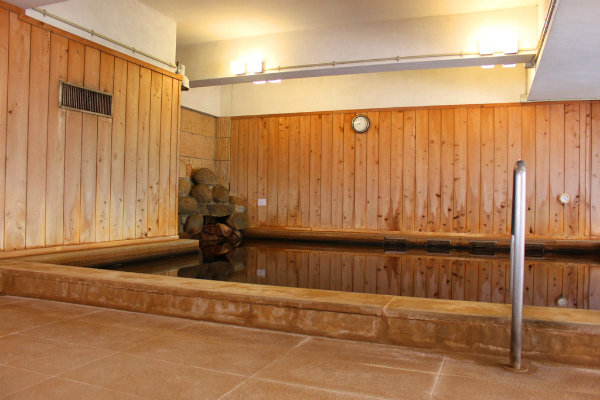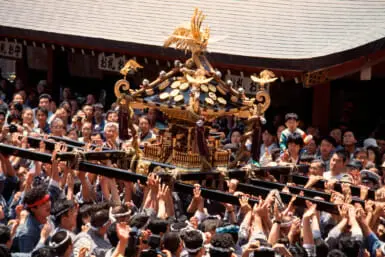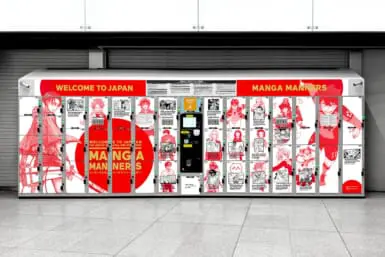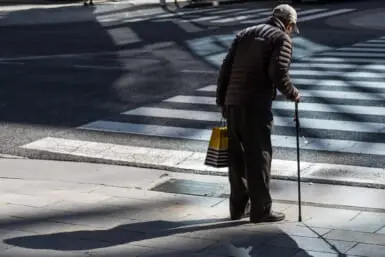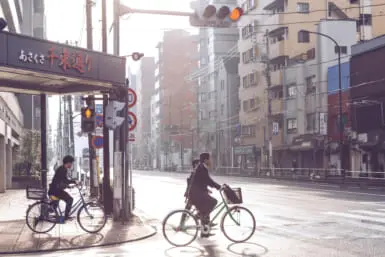Japan is a genuine gold mine of hot springs, as the land abounds with onsen spots, and you don’t even need to leave Tokyo to soak your troubles in hot water. The question is, are you fully taking advantage of them?
Onsens used to be more stressful than relaxing for me: a handful of rules to follow, the fear of making a faux-pas and, most importantly, being naked in public. I think there is nothing relaxing about the idea of walking around naked (as an already conspicuous foreign girl), especially while trying to remember specific procedures. Sadly, all my apprehensions kept me (and most likely many fellow expats) at an arm’s length from the country’s finest natural resource for a few years.
When a friend suggested visiting the onsen a few weeks back, I immediately panicked: would it be a day trip, or a weekend getaway? And… nakedness?! Turns out, yes, it would involve taking clothes off, but it would not involve getting out of Tokyo. Surprisingly, our city boasts a small amount of natural hot springs, right in the heart of the city.
It’s important to make the distinction between sento (public baths) and onsen (hot springs): the difference is that onsen use natural spring water, while sento use just hot tap water.
In the olden days, sento served entire neighborhoods as older Japanese houses were not equipped with baths or showers. Onsen have a similar purpose, although they are just so much nicer and pleasant (and it’s reflected in the higher price tag). Tokyo’s onsen are the perfect place to visit after a long week, as they allow visitors to relax and unwind, and provide a temporary escape from the city’s hustle and bustle.
Onsen Stress?
As the stress of an onsen visit loomed over me, I took a deep breath and decided to get over my frivolous fear. Armed with two towels (a small one to wash, and a larger one to dry), I headed to the other side of the pink curtain and followed all the steps carefully: I stored my clothes in the provided locker, slipped the bracelet key around my wrist and nervously walked to the bathing stations, clutching my tiny towel. I then meticulously scrubbed and rinsed (entering the onsen while still dirty or with traces of soap on the body is socially unacceptable) in the washing area, which was complete with stools, buckets, and toiletries.
Turns out no one even gave me so much as a glance, to my relief. I finally relaxed a little, and spent the next hour soaking into different types of mineral waters, towel on the edge of the bath (don’t immerse your towel in the bath, as it’s considered unclean). By the time my session was nearing to an end, I was peacefully perched on a rock and almost forgot the being naked part.
Onsen visits have since then become a weekly pilgrimage, as they tremendously help me relax and sleep, and soothe my sore muscles and joints. I highly recommend making some time in your busy schedule for regular onsen soaks, as for me they literally melt away the stress. Make sure you re-hydrate afterwards, and be prepared for some of the best sleep you’ve ever had.
Top Onsen in Tokyo
Utsukushi-no-yu, Takaido
Conveniently located two steps away from Takaido station on the Keio line, Utsukushi-no-yu is an easy way to relax in the midst of the hectic city life, as you’d never think to find a natural onsen perched at the top of a supermarket. Literally meaning “bathhouse of beauty”, the facilities feature an aesthetically pleasing rotenburo (open air bath), arranged with wood, stonework, and trees.
You can relax in a selection of baths, in which hot water flows from an elevated pool to a lower pool to create areas of different temperatures. In addition to two types of sauna and large-sized outdoor and indoor tubs fed by a geothermal spring, Utsukushi-no-yu also features five types of’ “attraction baths”, such as a reclining bath with massage jets aimed at the back and shoulders, and a curious one with jets focused on bathers’ stomachs, supposedly intended to slim waistlines. My favorite part is the sauna, that tiny hot room that sends me yearning for a cold shower after a minute.
Address: Takaido Nishi 2-3-45, Suginami-ku (click here for website)
LaQua
If a shopping centre, restaurants, and the world’s first spokeless Ferris wheel do not sound exactly relaxing, I suggest you visit LaQua to be proven otherwise. The complex is a hot mineral bath theme park where spring water is pumped up from an incredible 1,700m below ground. Featuring an outdoor bath, a massage bubble bath and saunas, it is dubbed a “space for healing.”
For the (rather hefty, compared to most onsen) price tag of ¥2,565, you can have access to the outdoor bath, as well as five types of low temperature sauna that use tourmaline, loess, bakuhanseki with barley and rice, seinto-kouseki minerals and germanium.
Services also include ancient Thai massages and Hawaiian oil massages, as well as a beauty salon, aromatherapy treatments and Korean body scrubs (not for the weak!). Probably closer to a Western-style spa than an actual traditional onsen, LaQua is nonetheless a welcome getaway, located in the downtown core of Tokyo.
Address: 1-3-61 Koraku, Bunkyo, Tokyo (click here for website)
Seta onsen Sanga-no-yu
Located a 10-min walk away from Futako-Tamagawa station, Sanga-no-yu is a short trip from Shibuya. It’s one of the few 100% natural hot springs in Tokyo, and its gushing water amounts to 350 liters per minute from its grounds depth.
The baths contain natural spring water ionised with sodium-chloride and taken directly from a source below the property. This natural spring water is supposedly isotonic, which means it has similar osmotic pressure to the cells in the human body, making it more gentle on the skin, which will stay smooth and moist…
You’ll notice how rejuvenated your skin feels afterwards. It may be a good idea to bring a bathing suit, if you want to try the outdoor “Healing Spa”. Other interesting attractions of this onsen include a 300-year old zelkova tree, which bathers can gaze at, and a glimpse at Mt Fuji on a clear day.
Address: 4-15-30 Seta, Setagaya, Tokyo (click here for website)

